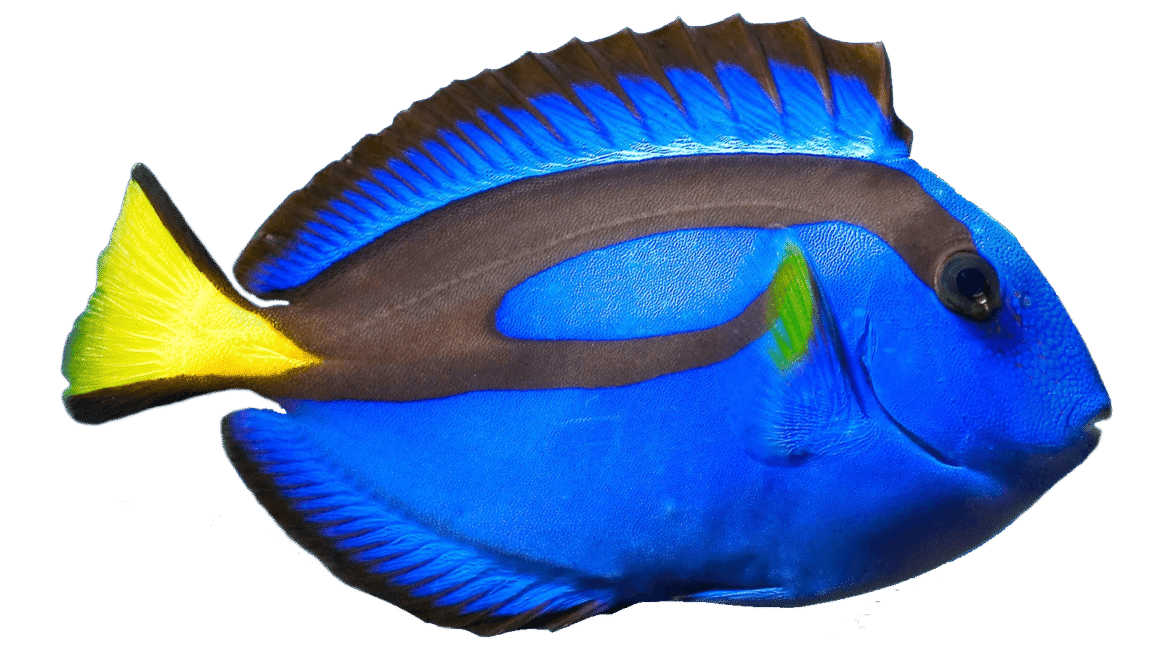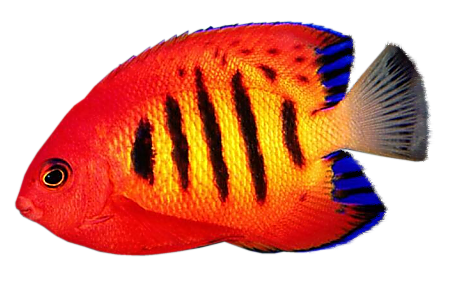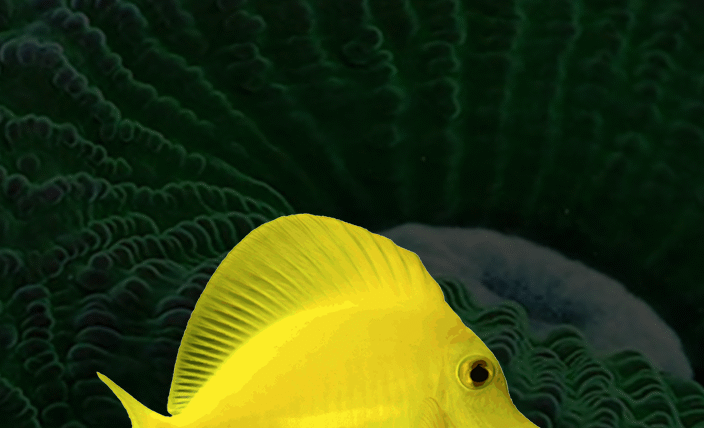Marine Ich, also known as Cryptocaryon irritans, is one of the most common and frustrating diseases that saltwater aquarium hobbyists face. It’s a parasitic infection that appears as small white spots on the body, fins, and gills of fish. If left untreated, ich can cause stress, secondary infections, and even death—especially in newly introduced or weakened fish.
What Causes Ich?
Ich is caused by a protozoan parasite that thrives in marine environments. The life cycle includes a free-swimming stage, a reproductive stage, and the visible “white spot” stage when it attaches to a host fish. Fish become more vulnerable to ich due to:
-
Sudden changes in temperature or salinity
-
Poor water quality
-
Stress from transport or aggressive tank mates
-
Lack of quarantine for new livestock
How to Identify It
Common symptoms of marine ich include:
-
Small white spots on fins, gills, or body
-
Flashing or rubbing against rocks and surfaces
-
Rapid breathing or gill movement
-
Loss of appetite
-
Lethargy
Prevention Tips
1. Quarantine New Fish
Always quarantine new fish in a separate tank for at least 2–4 weeks before introducing them to your main display. This helps identify any signs of ich or other infections early.
2. Maintain Water Quality
Stable water parameters reduce fish stress and boost their immune system. Regular testing and proper filtration are essential.
3. Avoid Overcrowding
Too many fish in one tank can cause stress and increase the risk of disease spread.
4. Use a UV Sterilizer
A UV sterilizer can help kill free-swimming ich parasites before they find a host.
5. Acclimate Properly
Always acclimate new fish slowly to avoid shock. A drip acclimation method is recommended.
6. Choose Healthy Livestock
Buy from reputable sources and look for fish that are alert, active, and eating well.
What to Do If Ich Appears
If ich does show up, it’s important to act fast:
-
Move affected fish to a hospital tank for treatment
-
Use proven treatments like copper-based medications or hyposalinity (in a separate tank)
-
Leave your display tank fish-free for at least 6–8 weeks to break the parasite’s life cycle
Final Thoughts
Marine ich is preventable with good practices and a little extra care. At Island Reefers, we help our clients prevent outbreaks by ensuring proper acclimation, quarantine, and system design for long-term stability. Want help setting up a quarantine system or choosing the right equipment?




2 Comments
Enim metus turpis felis lectus et. Wisi eros risus, urna sed ipsum maecenas proin integer elit, id id fusce elit mi elit suspendisse, vel at interdum sit odio commodo ac. Non tortor voluptates ante mi. Fusce aliquet magnis eu, placerat eu dolor nunc. Feugiat placerat pellentesque facilisis sodales, tellus vestibulum qui, gravida velit integer voluptatem duis sit, sodales aliquet et curabitur vel. Non laoreet, metus mauris.
Wisi sed, lacinia quis et nullam urna dolor, justo velit ea, malesuada leo id class augue tincidunt, vulputate gravida sollicitudin. Sit eget. Sed et quis. Nec sed erat, morbi non sed. Porttitor occaecati eleifend augue, et consequat, ac turpis laoreet id id felis, velit dui orci. Non eget lacus integer in lacus, ante malesuada blandit, laoreet pellentesque erat sit magna massa nibh, odio sed eros ut, diam eu quis ullamcorper. Est dictum egestas mauris vehicula aenean phasellus. Ligula ac nunc. Orci leo mattis id, ut ante facilisis, ac est curabitur, eros amet quis id.